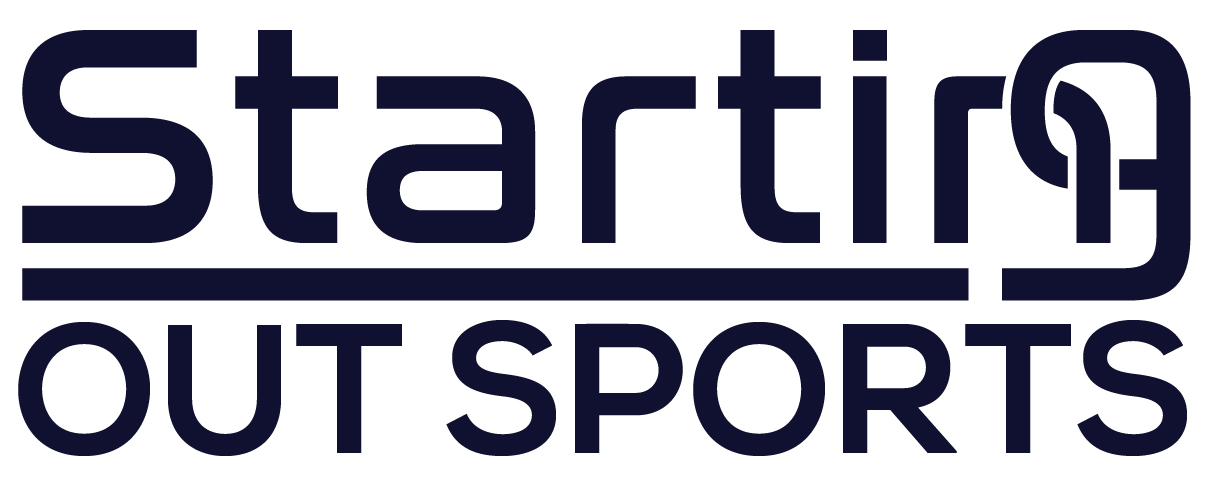Daniel is one of the most well-known names in sports law, working at Sheridans Sports, (the firm that helped Declan Rice’s transfer to Arsenal). But beyond his legal career, he’s spent countless hours helping people get into sport, sharing his insights through books, podcasts, and mentorship.
His best advice is packed into Build the Invisible, published in 2023. It’s not just his own wisdom; it’s a collection of insights from top industry figures who have successfully made it.
Key Takeaways from the Book
The book is split into six key chapters, and these are the takeaways that I think will be most useful for you:
- Start with the End in Mind
- Start Now
- Networking: The Game-Changer
- Long-Term Networking
- The Right Habits and Mindset
- Handling Rejection
Chapter 1: Start with the End in Mind
If you don’t know where you’re going, how do you expect to get there?
Daniel’s first piece of advice is to work backwards from your goal. He wanted to be a sports lawyer, but he knew that just having a master’s degree wouldn’t be enough. So he:
- Started a blog to showcase his knowledge.
- Went to conferences to meet people in the industry.
- Emailed industry figures (and kept emailing).
- Consumed sport content like crazy to stay ahead.
He knew that to achieve his goal he had to stand out and to stand out he realised this was what would help him achieve that.

Chapter 2: Start Now
Daniel is a big believer in the compounding effect—small, consistent actions add up over time.
If you dedicate just 30 minutes a day to reading, writing, or learning about the industry, that’s 15 hours a month, 180 hours a year. Over time, these small investments in yourself build up, putting you ahead of those who don’t make the effort.
Daniel includes a great example of Simon Dent’s daily routine (see below):

Chapter 3: Networking: The Game-Changer
Probably the most important chapter in the book. Networking is everything in sport.
As Matt Kleinman puts it: “Your Network is your net worth.”
Daniel shares a lot of techniques, but the biggest takeaway is this: you need to stand out.
Everyone in the industry gets hundreds of LinkedIn messages a week, and most of them are copy-paste, generic nonsense. If you send the same, don’t expect a reply.
Instead:
- Comment on their work – Show you’ve actually engaged with what they do.
- Go old school – A handwritten letter stands out in a digital world.
- Offer value – Identify a problem they might have and suggest a solution.
Chapter 4: Long-Term Networking
Networking isn’t just about meeting people, it’s about building relationships.
The most important skill here? Listening. When you get the chance to speak with someone, listen more than you talk. Understanding what matters to them will help you form stronger connections.
Daniel took this to another level. He made an A3 list of key industry figures, researched them, and systematically reached out until he had connected with every single one. His approach wasn’t random—he focused on the right people and built relationships over time.
The lesson? Stay in touch. A single interaction isn’t enough; real networking happens when you maintain connections and offer something back.
Chapter 5: The Right Habits and Mindset
This chapter is all about the behaviours that separate those who succeed from those who don’t.
- Create content – Write, post, share insights, make yourself visible.
- Stay informed – Read industry news, follow trends, and be in the know.
- Become an expert – If you don’t know your niche inside out, someone else will.
The most successful people in sport are obsessed with learning. You don’t need to know everything, but you do need to be better informed than most.
Chapter 6: Handling Rejection
For every sports job, there are 130+ applicants. Rejection is part of the process.
Daniel’s advice? Get comfortable hearing ‘no’. It’s going to happen, so don’t let it knock you off course. The best way to handle rejection is to focus on what you can control, keep improving, keep applying, and eventually, the right opportunity will come.
Even Daniel himself rewrote this book multiple times before publishing it. If he had given up after the first setback, this book wouldn’t exist.
The same applies to you. Keep going.
Final Thoughts
The great thing about Daniel’s work is that if you’re not a big reader, you can still learn from him. He discusses Build the Invisible on his podcast and regularly interviews industry leaders about their career journeys.
If you want to build a career in sport, his free advice is well worth listening to.

